Archive
2021
KubaParis
HARDCOEUR
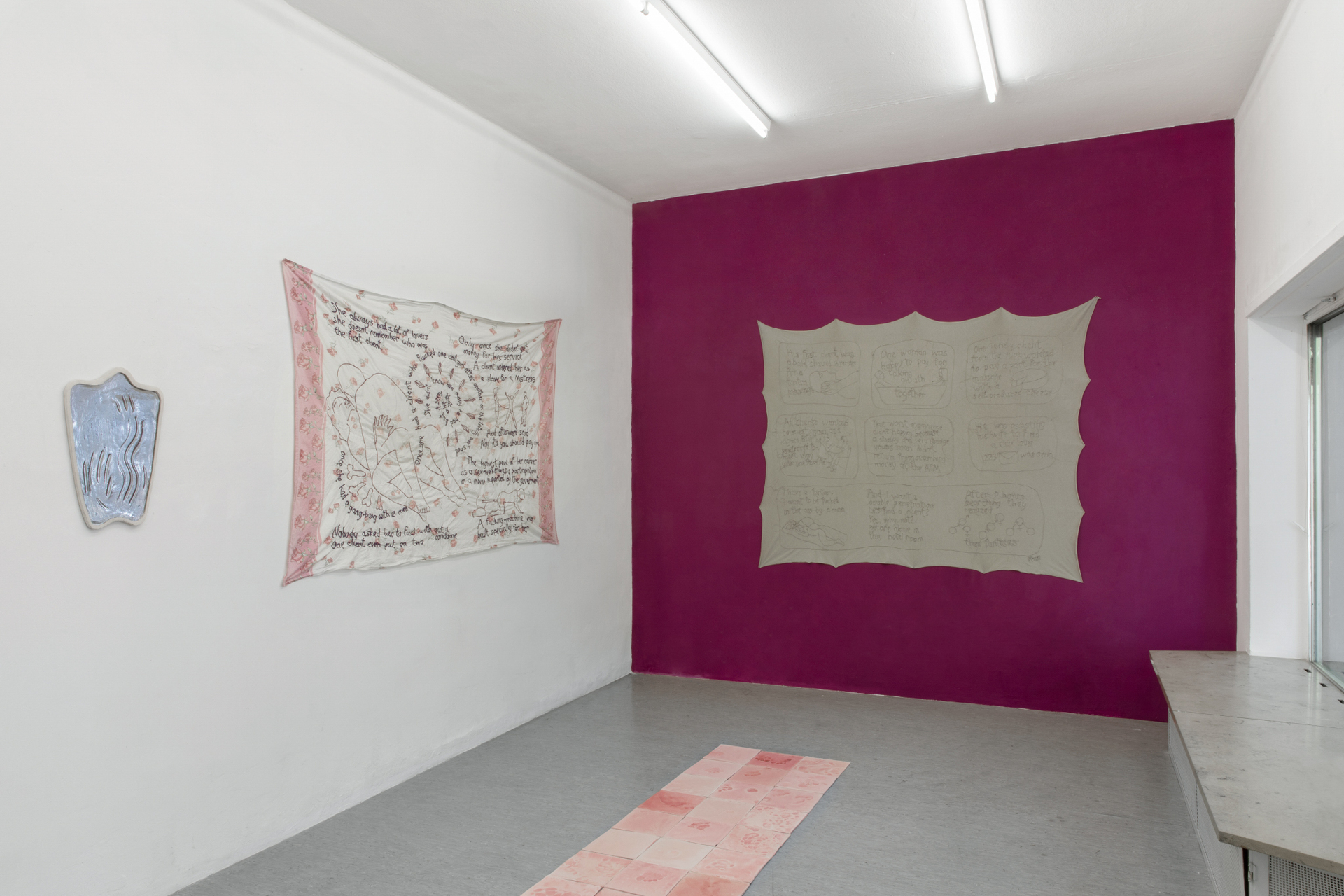
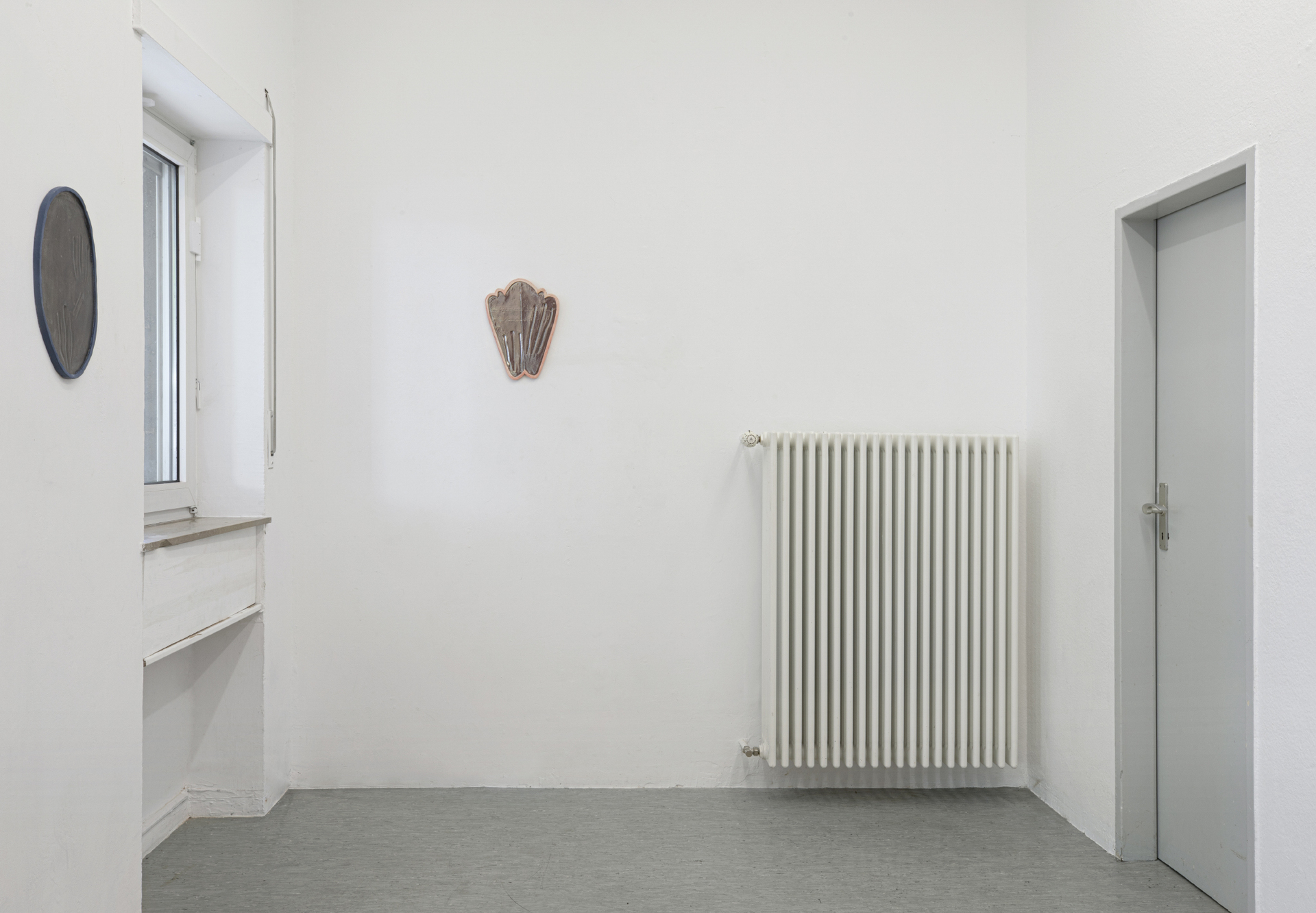
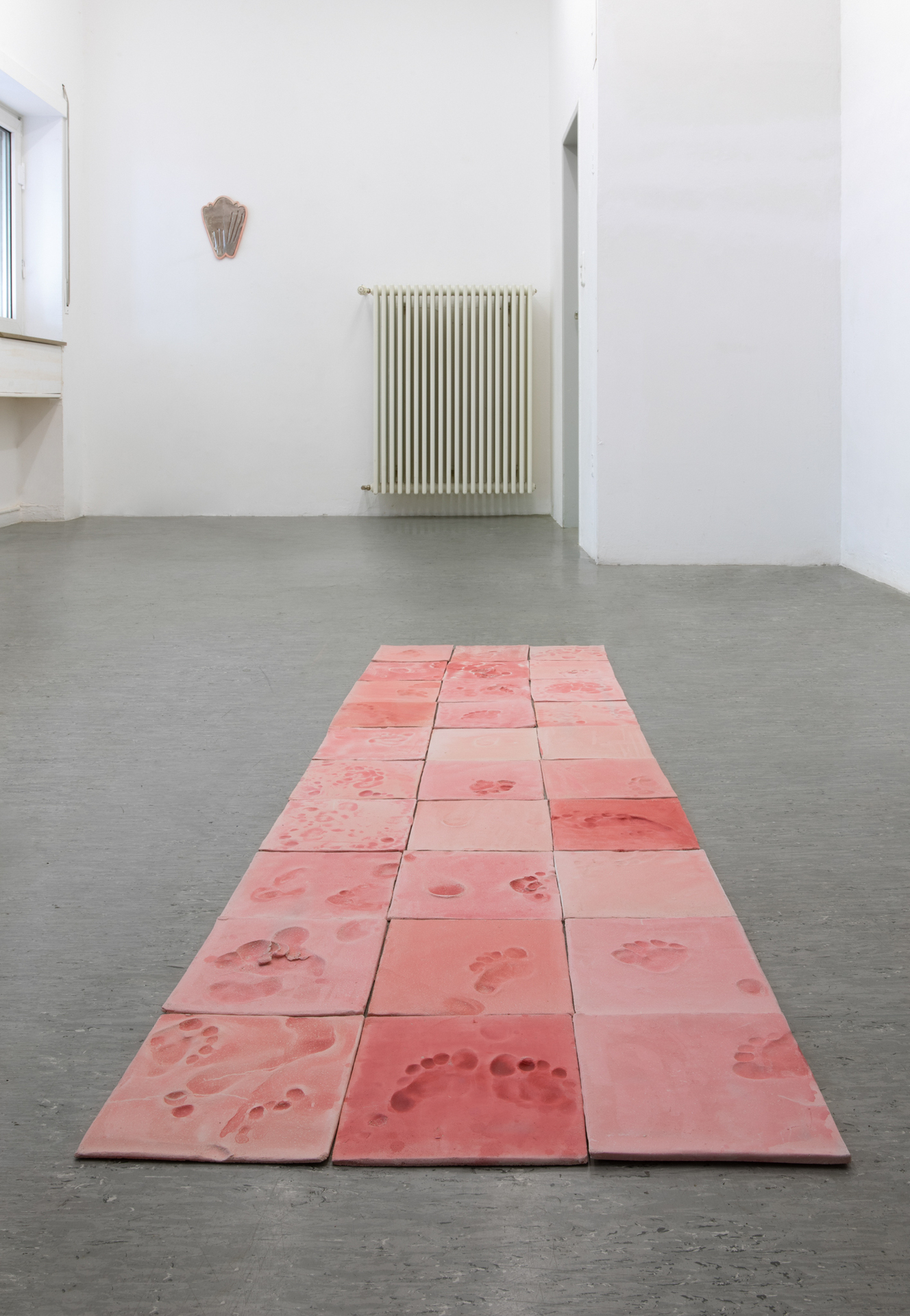
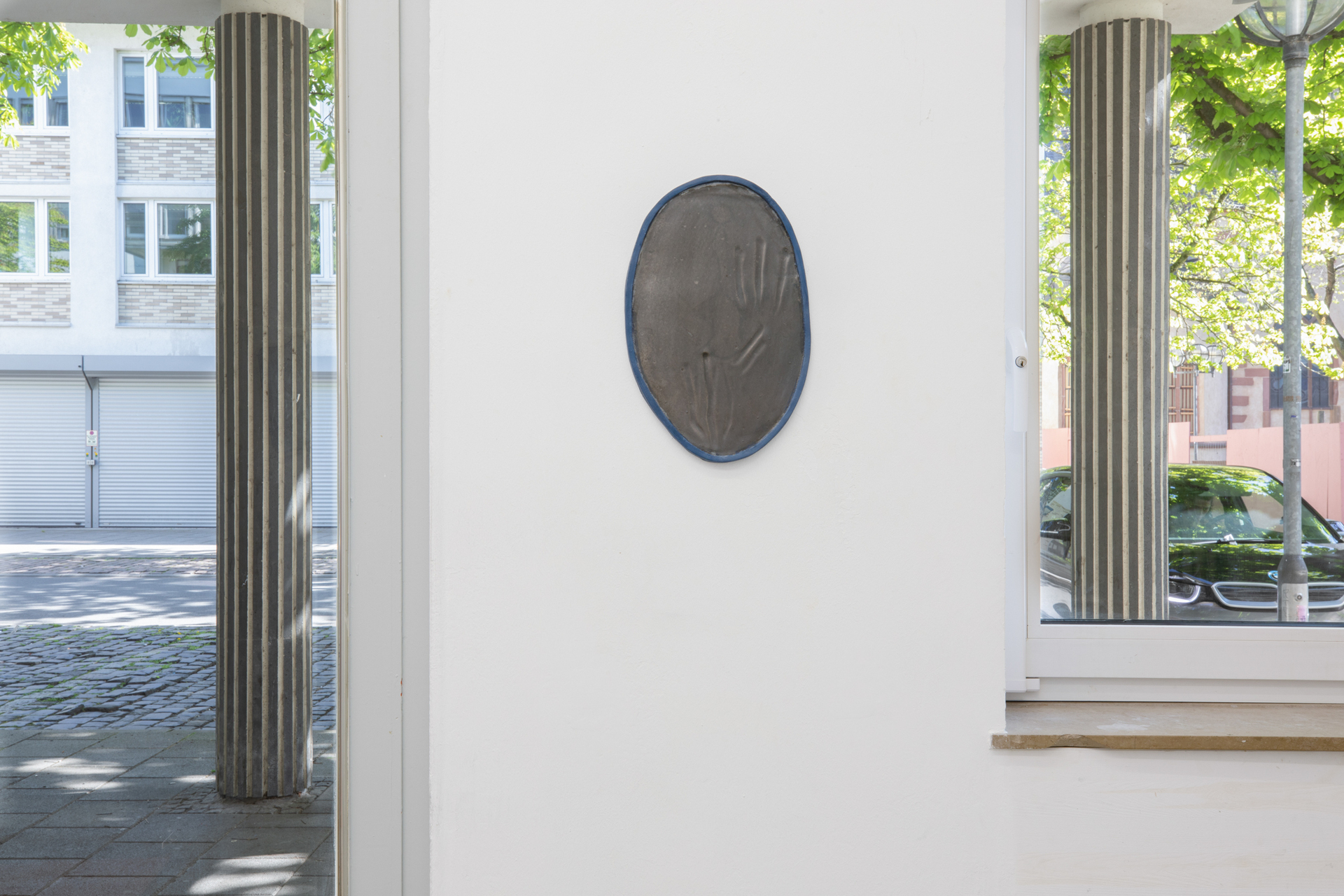
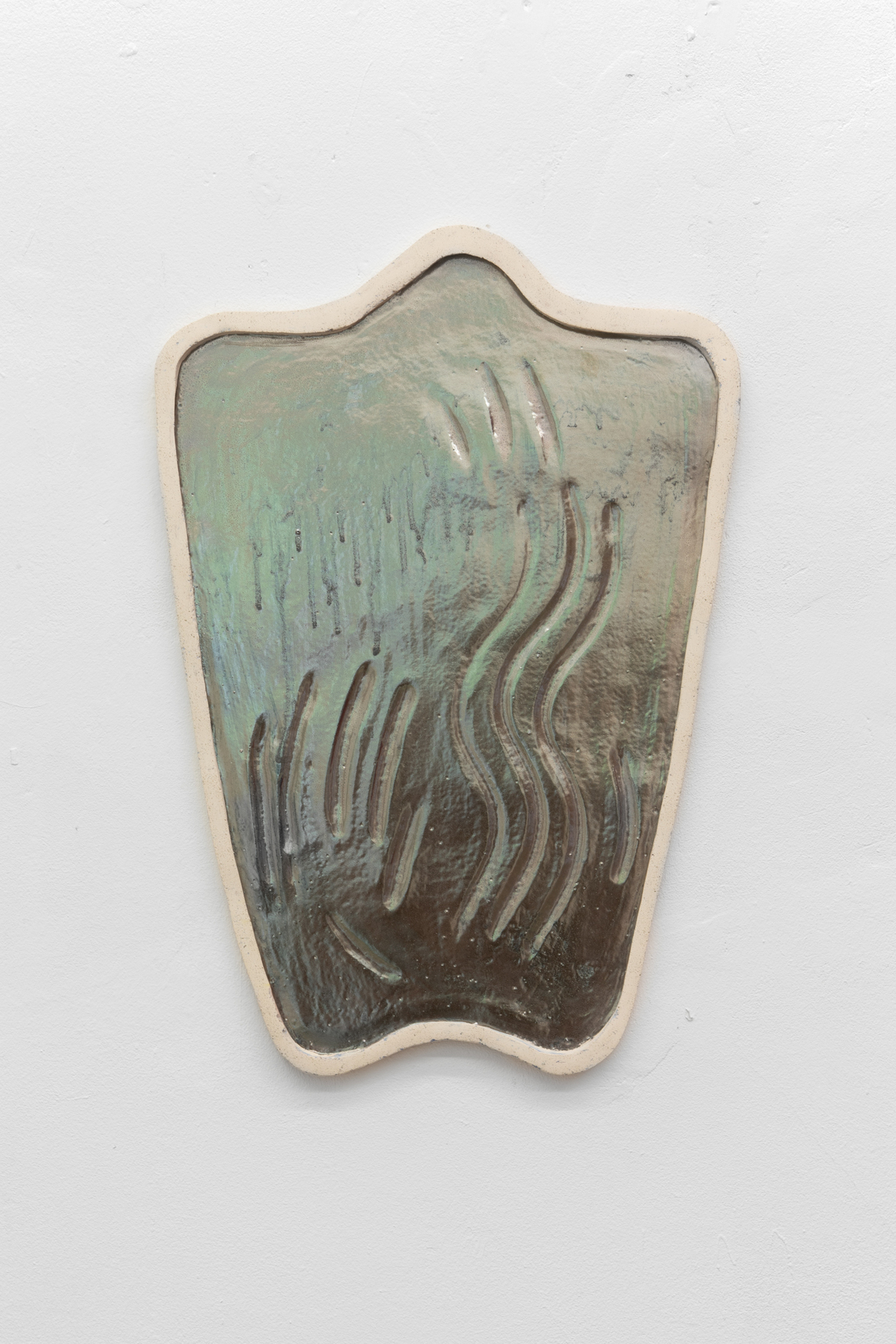
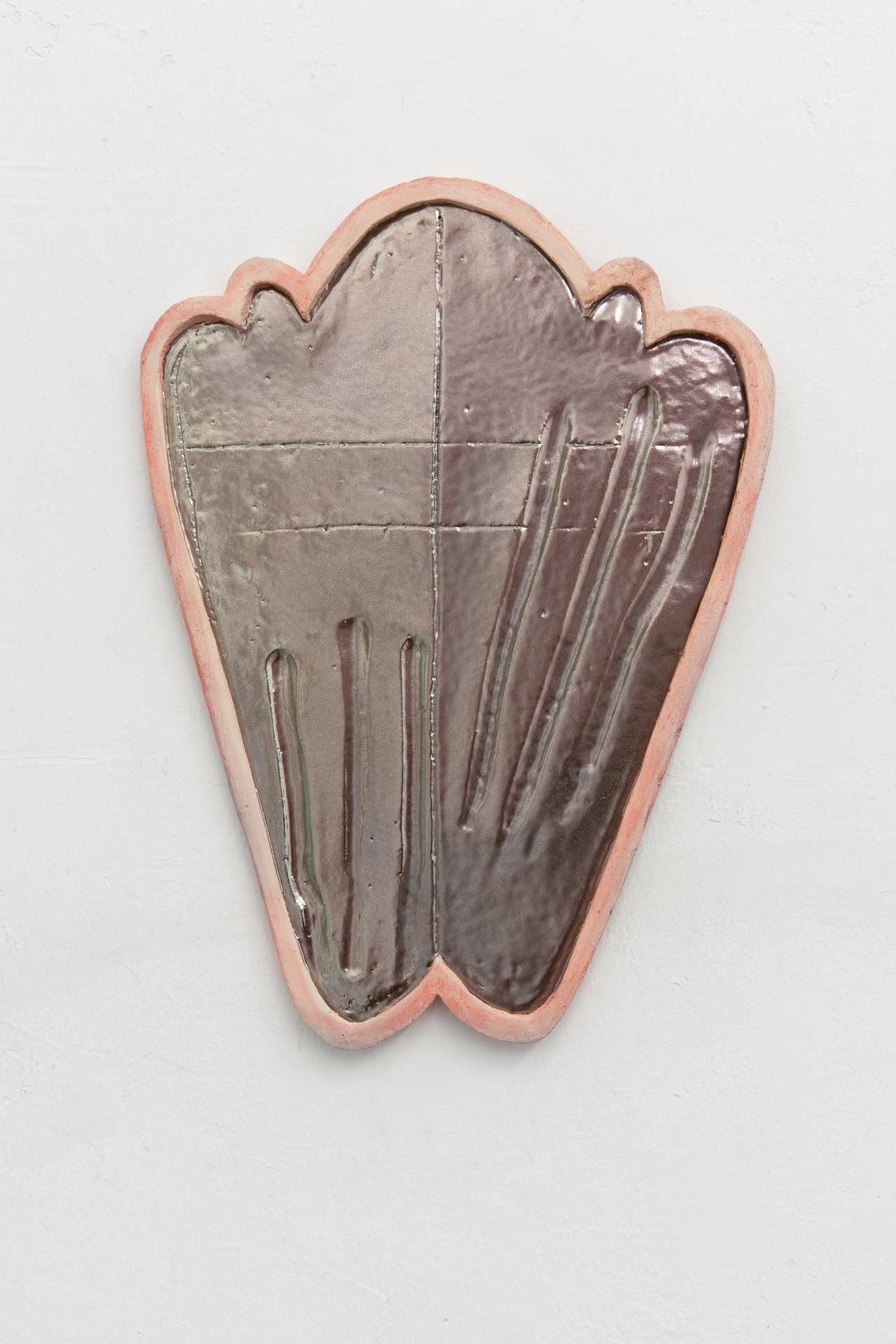
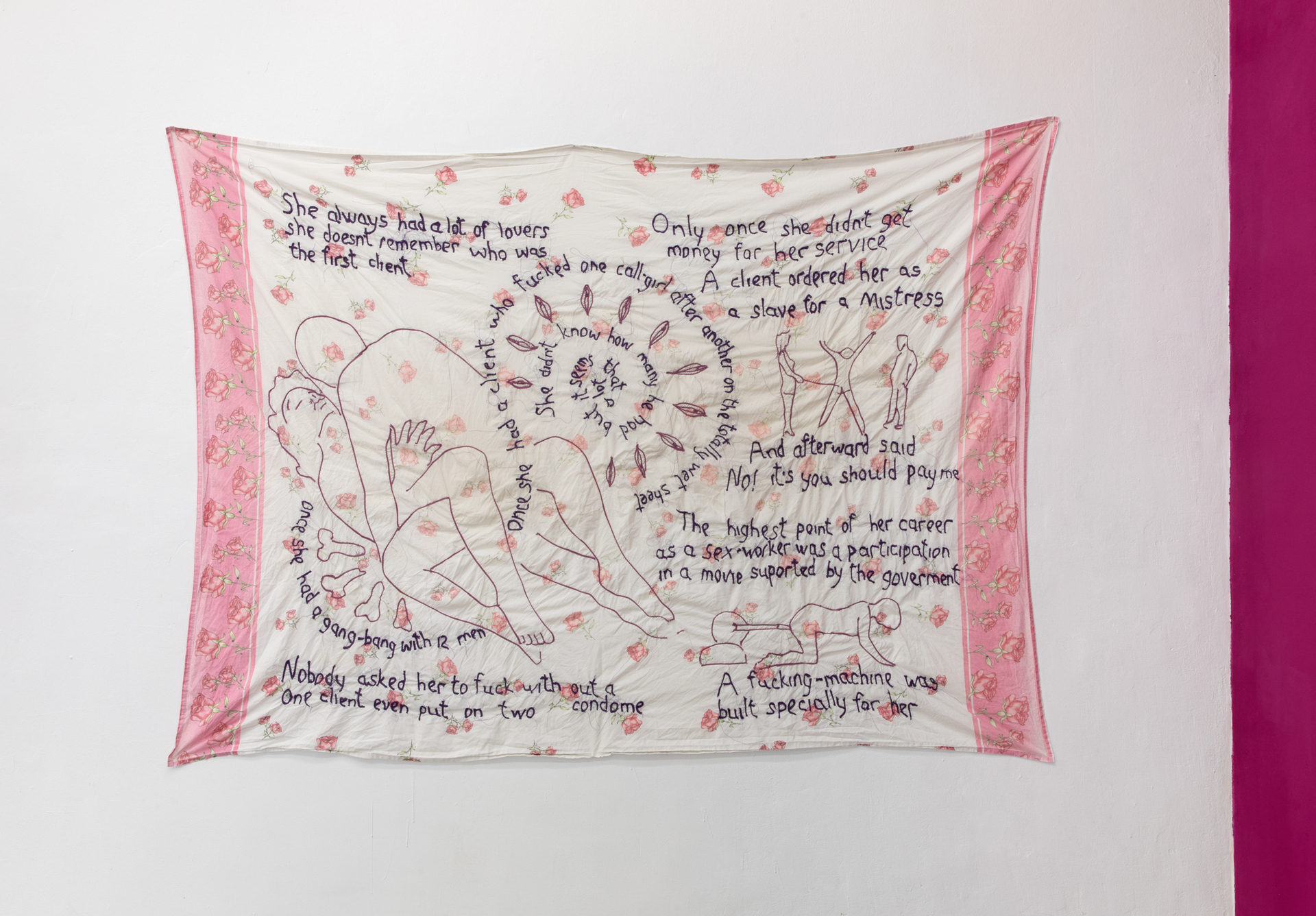
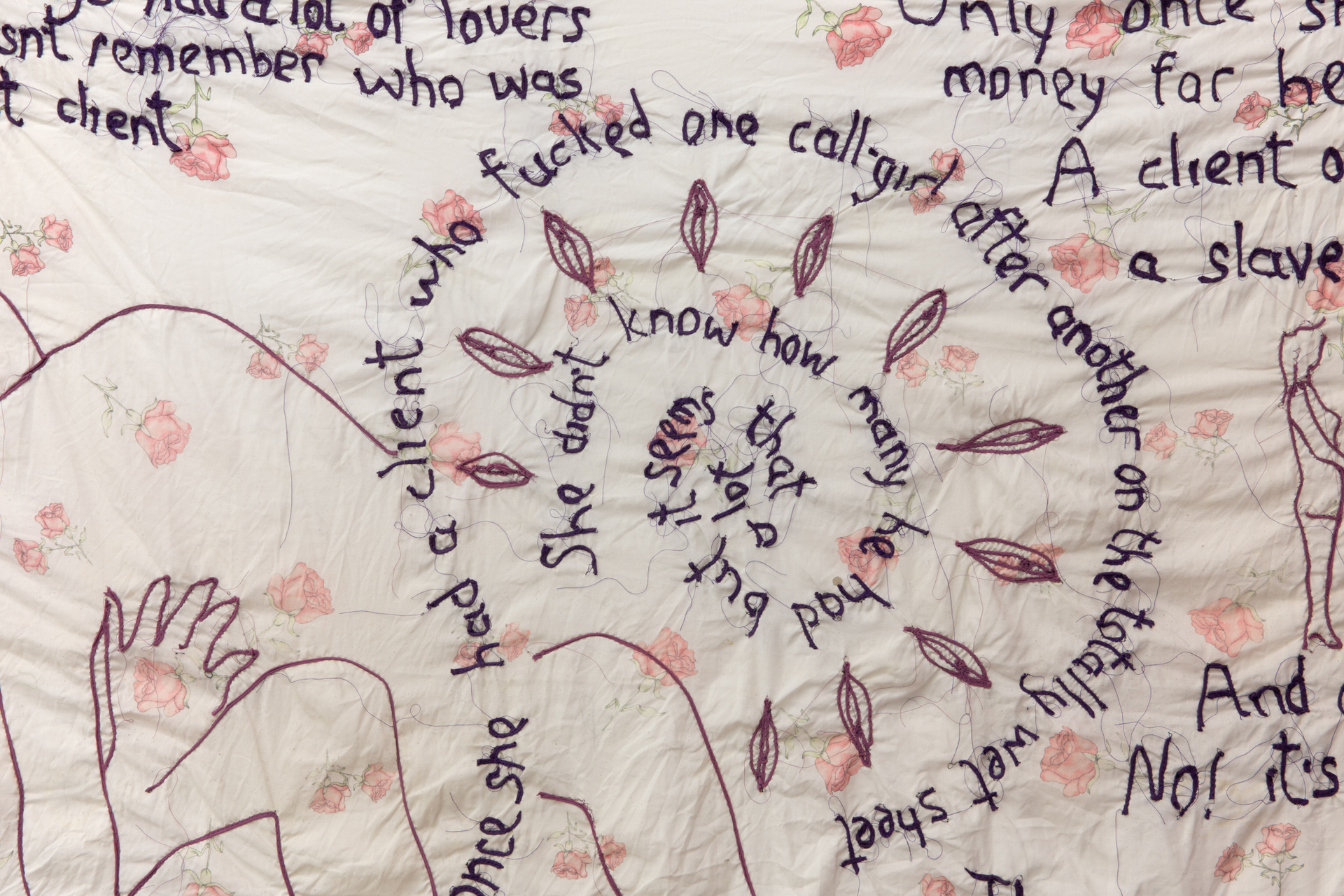
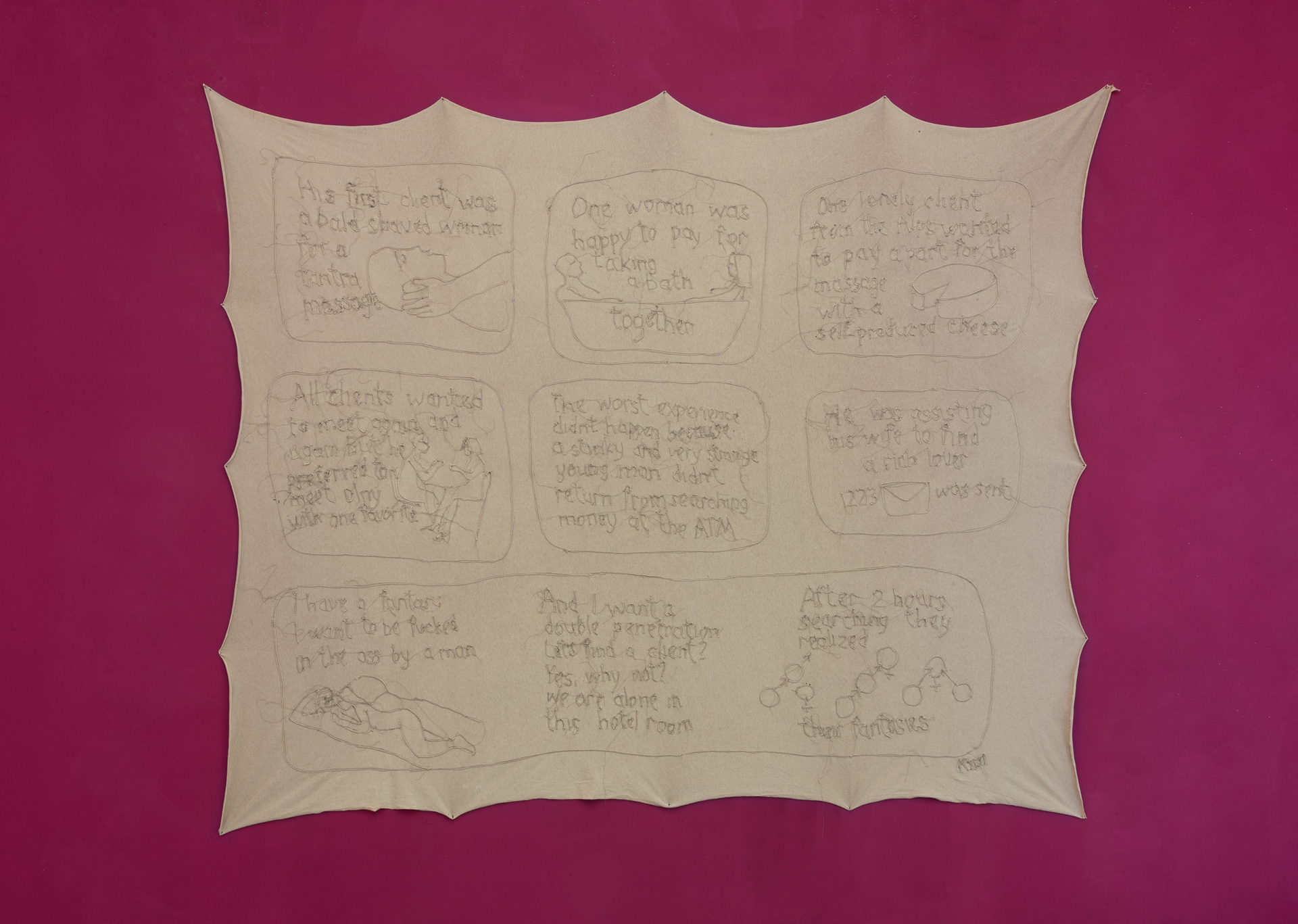
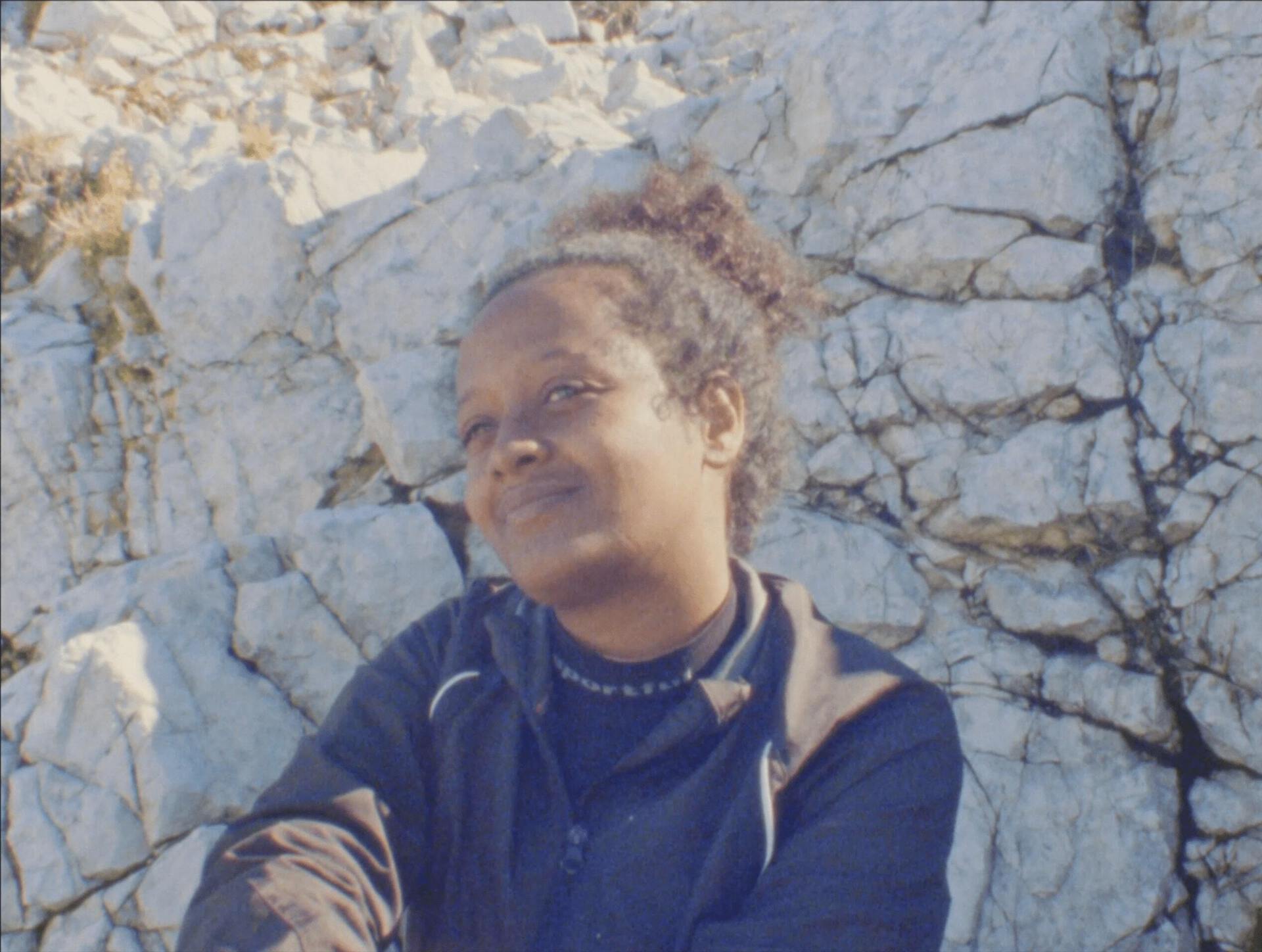
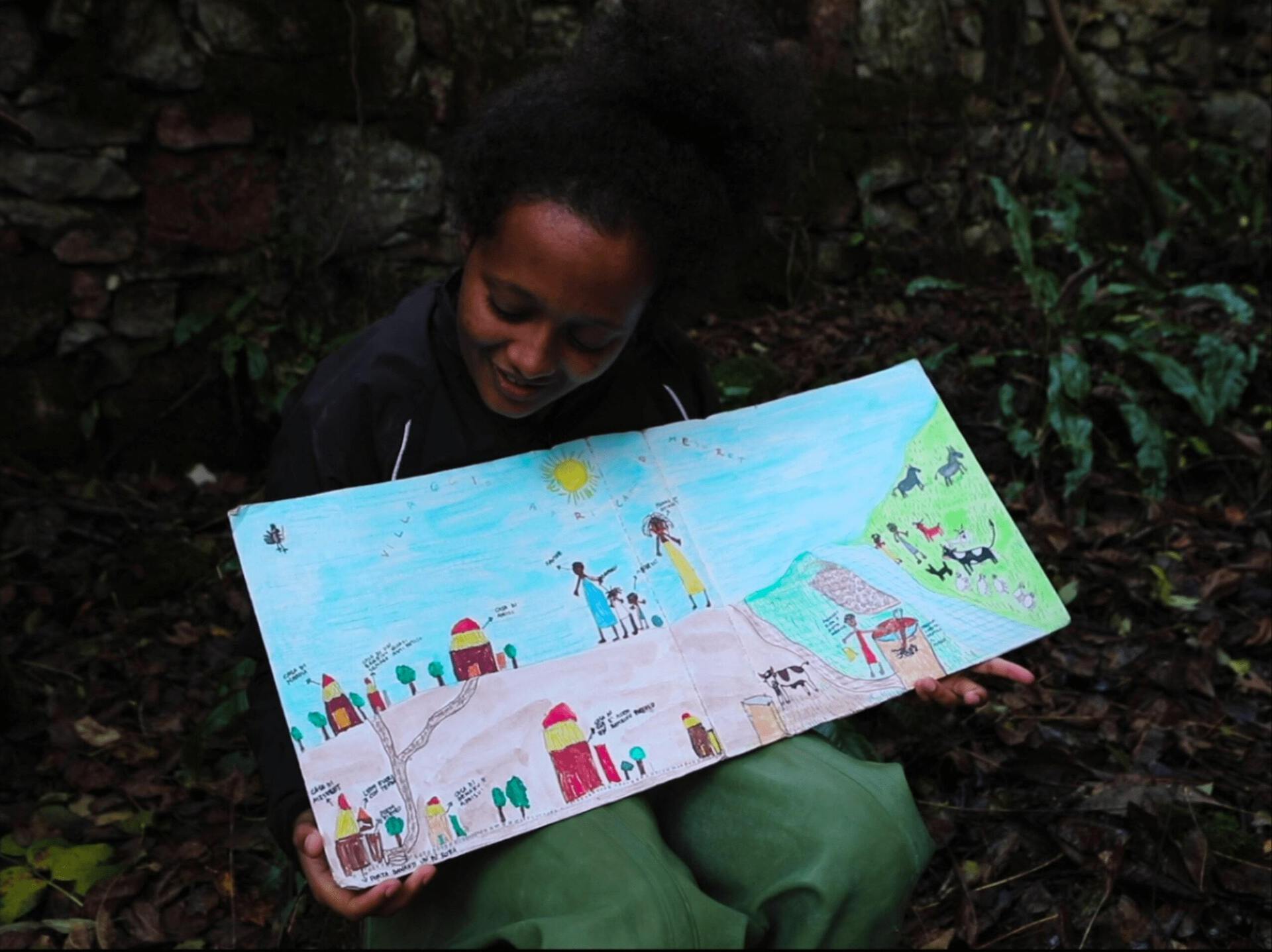
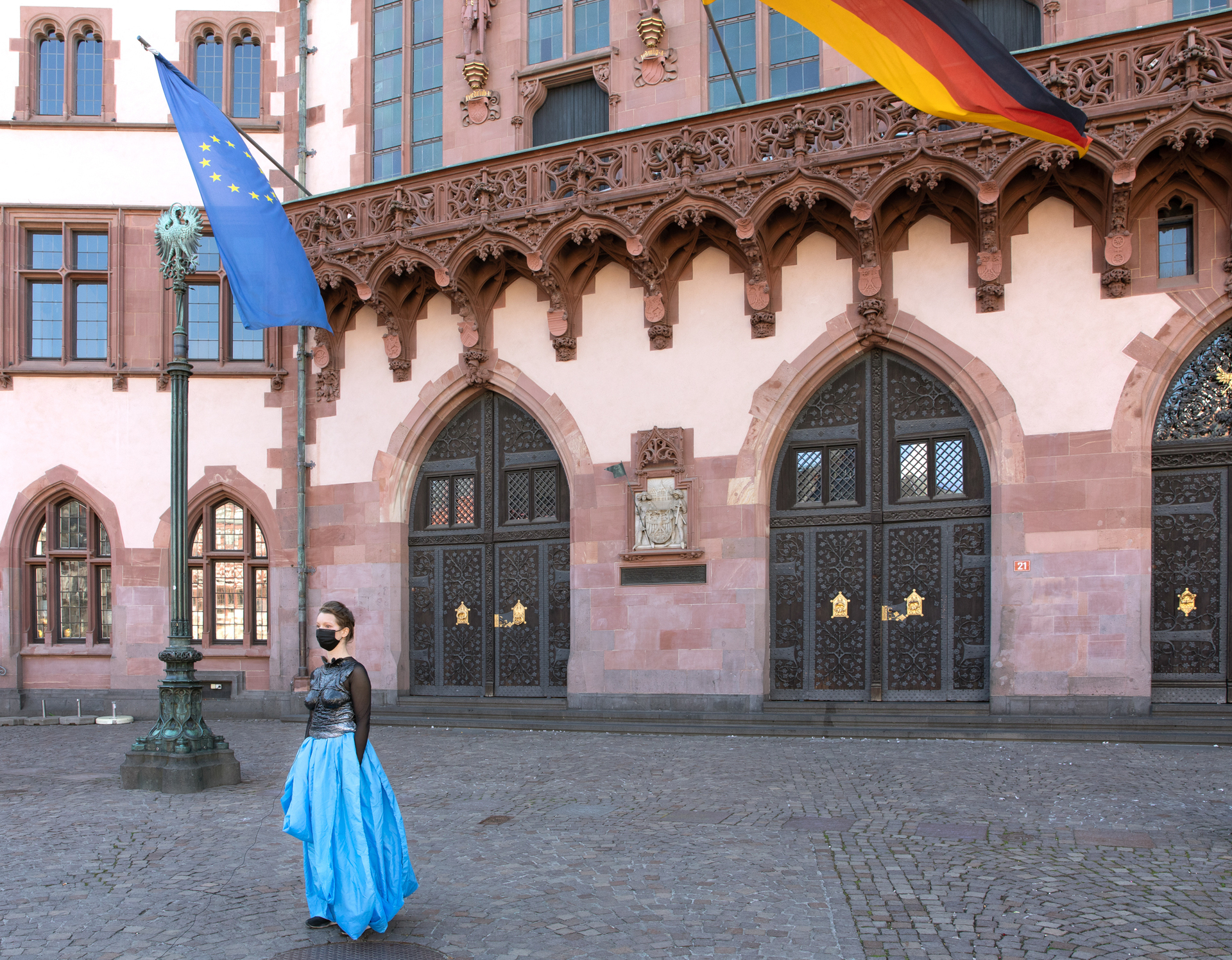
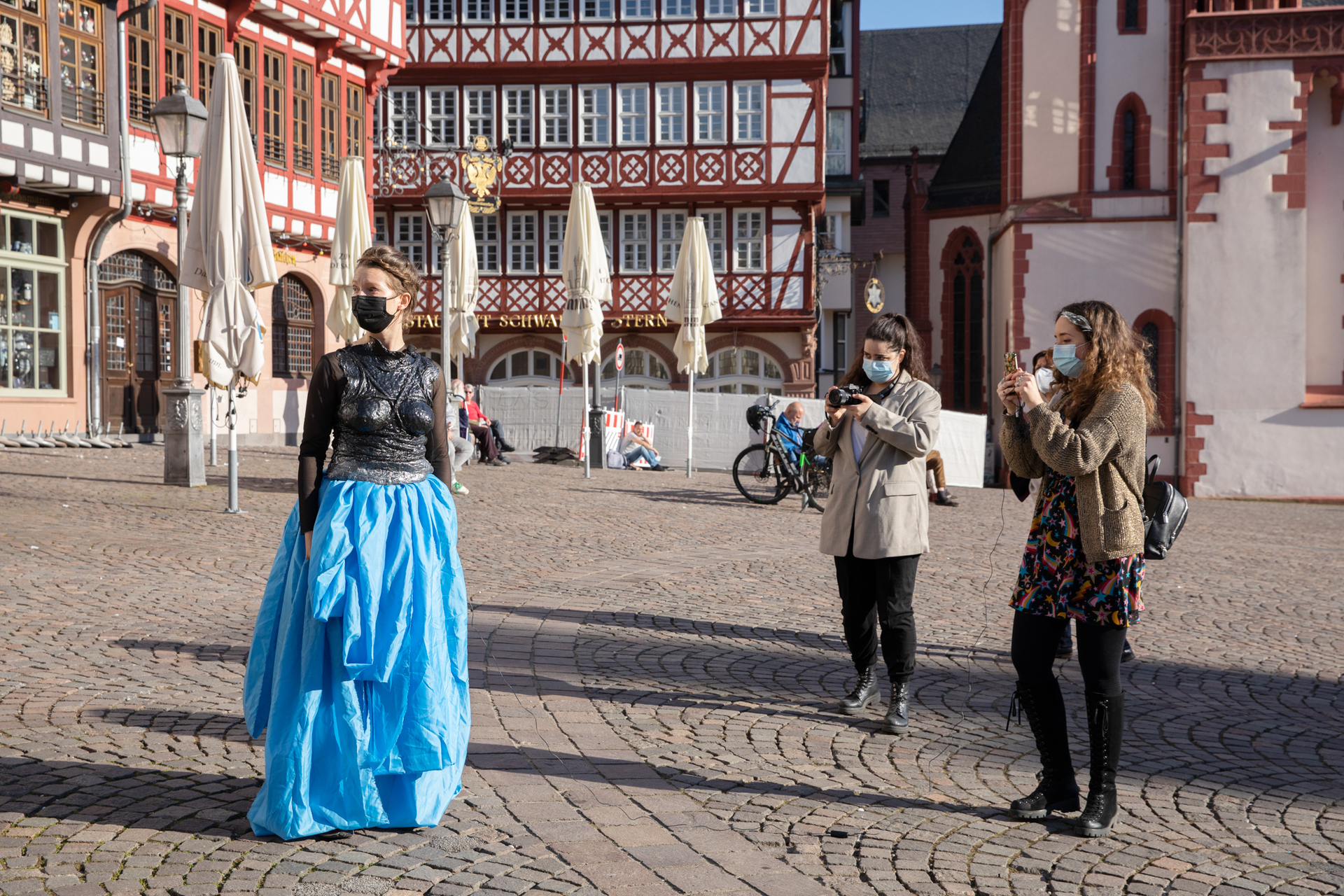
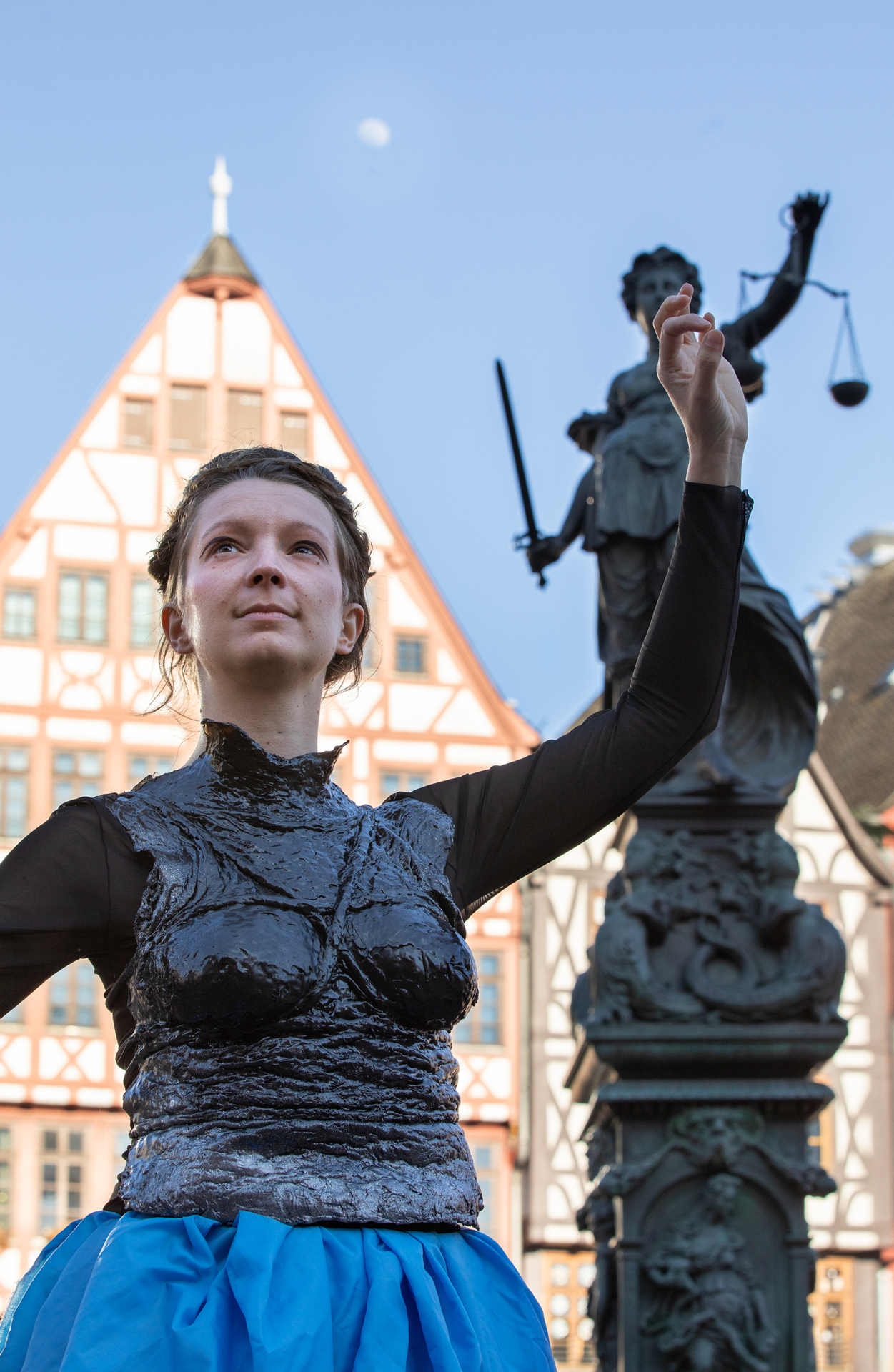
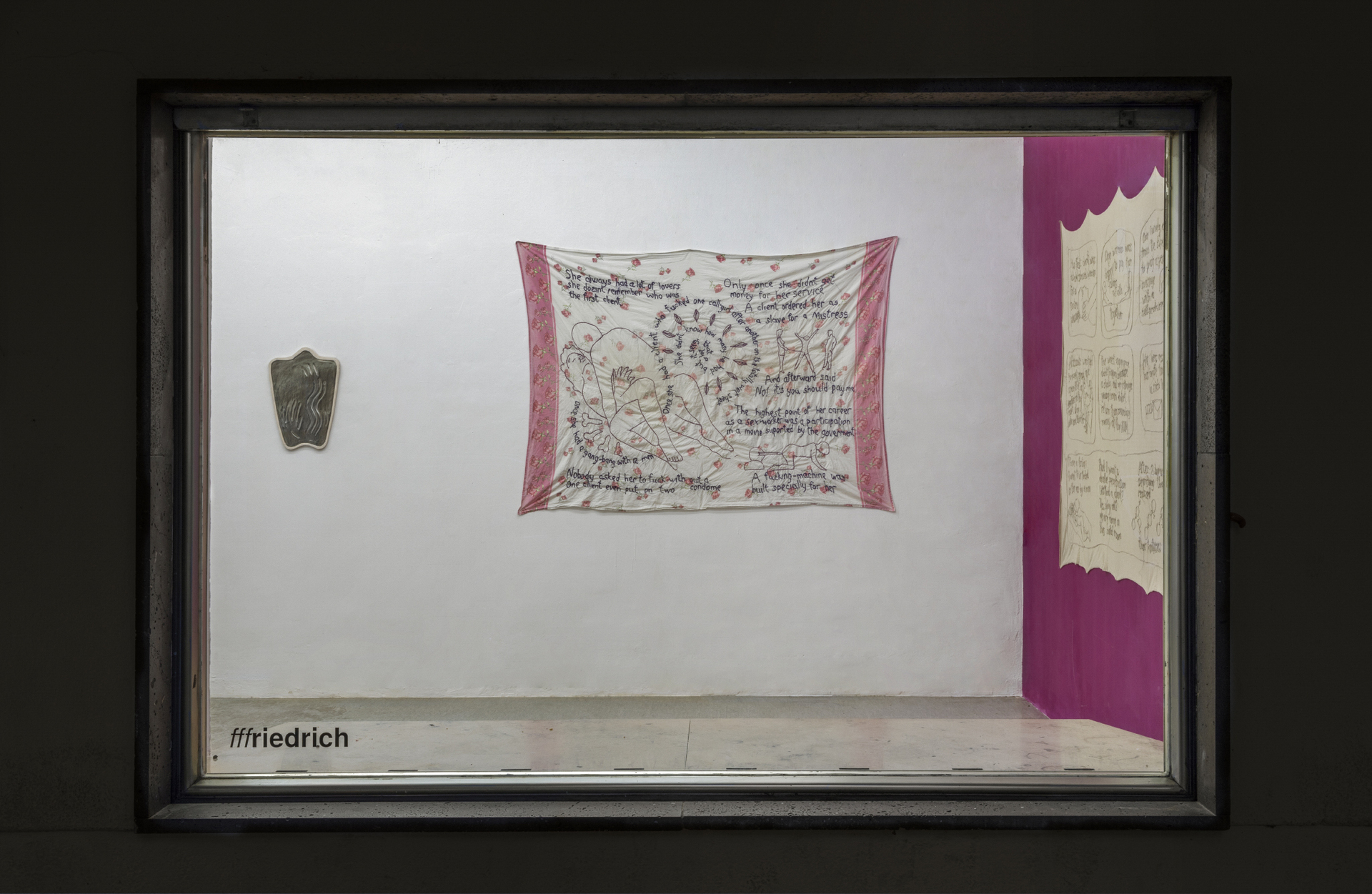
Location
fffriedrichDate
22.04 –29.04.2021Curator
Teodora TalhoșPhotography
Jiyoon ChungSubheadline
Artists: Ayla Pierrot Arendt, Agnese Galiotto, Alina Kopytsa, Kristina LovaasText
The starting point of the exhibition, which should have originally opened five months before, was the inner turmoil caused by the social unrest that reached a high point recently. Broadly speaking, civil disobedience is produced by an unfortunate entanglement of unfavorable political and social conditions and a deeply rooted systemic discrimination. It usually unfolds as a chaos of smoke and anger, with victims on all sides. During the past few months, the initial idea of the show expanded and transformed, being heavily influenced by the current pandemic situation that made this world an increasingly precarious place. Not only has it left a mark on our personal lives, making us suspicious and anxious in our everyday interactions, but it also left the vulnerable population even more exposed to physical and economical adversities. It is in this overloaded context that the notion of vulnerability should be reassessed.
HARDCOEUR reflects on vulnerability as a versatile form of resistance that can show dissatisfaction with the existing hegemonic structures in a way that doesn’t employ violence and is sustainable. At the same time, it aims at investigating its potential as a catalyst for collective resilience, starting with the individual. Being vulnerable means being exposed, but also having agency, thus acting and being acted on at the same time. Acknowledging and embracing one’s own vulnerability implies taking a subversive stance against an established world view that primarily understands power as a display of brutality.
The four artistic positions presented in the exhibition propose different approaches towards vulnerability, implying it through a critique and a questioning of the dominating social and institutional constraints. The artworks reflect on the topic of radical exposure not only on a conceptual level, bult also on a material one. Embroidery, ceramics, performance and video are all media which are not (yet) fully embedded in the art historical canon or have only recently gained acknowledgement. Some of them have historically been associated with stereotypes of feminine means of expression and thus treated as peripheral to the main narrative of Western Art History. These materials are employed in creating an artistic context that enables a direct confrontation with the public space and invites the audience to an open dialogue.
Ayla Pierrot Arendt (*1987 in Munich, Germany) lives and works in Frankfurt am Main. Her performances intervene at the junction between the public and the private. Through specially developed formats, Arendt addresses collective fears and longings in emancipatory processes.
Justitia – ein Blick in den Brunnen revolves around the personification of justice, the goddess Justitia. For centuries, the statue of Justitia on the Römerberg in Frankfurt am Main has silently observed the world around her standing elevated on a pedestal without a blindfold around her eyes. From imperial coronations to the burning of books by the Nazis, she has witnessed events that marked historical turns. Most recently, Justitia was invoked during the Black Lives Matter protests in the summer months of 2020. It is in this context of social unrest and structural violence that Arendt seeks to examine, evaluate, and situate the current notion of social justice and its various modalities. In the role of a city guide, Arendt ventures deep into the murky waters of the well. She praises Justitia as the universal voice of the many, discursively engaged in the ongoing social process of negotiating right and wrong.
Link to performance documentation: Justitia, City Tour #1, Römer, Frankfurt am Main
Agnese Galiotto (*1996 in Arzignano, Italy) studies Fine Arts at the Städelschule in the class of Willem de Rooij. In her artistic practice, Galiotto investigates the relationship between human identity and the natural world from an autobiographical perspective.
Meseret is a film about her best friend, who was born in Ethiopia and was adopted by an Italian family when she was a child. Protected by the intimacy of wild nature, the two friends go deep into the woods and climb vertiginous rocks while the artist narrates the story of Meseret’s recent reconnection with her biological parents. Unaware about their existence and their willingness to get to know her, she meets them by accident while on a trip in Ethiopia. The event reopens old wounds: while Meseret feels relieved, after being disconnected from her past and origins for so many years, her adoptive parents start to feel guilt. The narrative unfolds in a multilayered tone, which implies the colonial ties between Italy and Ethiopia, as well as the sincere trust of a close friendship.
Link to trailer: Meseret-trailer, 8mm/HD, 2021
Kristina Lovaas (*1992 in Minneapolis, USA) studies Fine Arts at the Städelschule in the class of Judith Hopf. Her artistic practice deals with ideas around personal intimacy, sometimes transposed into subtle ironic artworks, which permeate stiff hegemonic structures.
Her contribution to the show consists of a floor installation and three wall works, showing hand-made ceramic tiles and mirrors. The tiles allude to a domestic interior, a safe space where one is allowed to be vulnerable and open to introspection. Sometimes during early sunny mornings when we tip-toe through the kitchen, not fully awake yet, we allow ourselves to have a tranquil moment on our own before the tumult of the day begins. It is this routine self-intimacy, which resists language because of its fugitive nature, that is captured by the artist on the soft surface of the clay. Lovaas’ everyday objects function as receptacles of memories, bringing gestures of meditation and self-care into the present.
Alina Kopytsa (*1983 in Poliske, Ukraine) works and lives in Zurich, Switzerland. Her artistic practice aims at deconstructing stereotypes based on gender roles. A member of the queer scene herself, Kopytsa creates textile pieces informed by the liberation and positivity associated with alternative sexual practices and the subversion of social norms.
The two pieces from the series Services explore the experiences of a male and a female sex worker. Their stories, which were entrusted to the artist in order to be transposed into an artwork, are embroidered on their used bedsheets. The scenes reveal an unexpected humorous and quirky side to a stigmatized type of labour, rendering visible the complexity of the emotional attachments that can develop between sex workers and their clients. Presented from an insider’s perspective, the BDSM scene is not depicted as a place of brutality and cruelty. Instead, it is shown as a space where gender roles are inverted or completely abandoned and where sexuality unfolds freely, allowing vulnerability and empowerment to coexist.
Teodora Talhoș